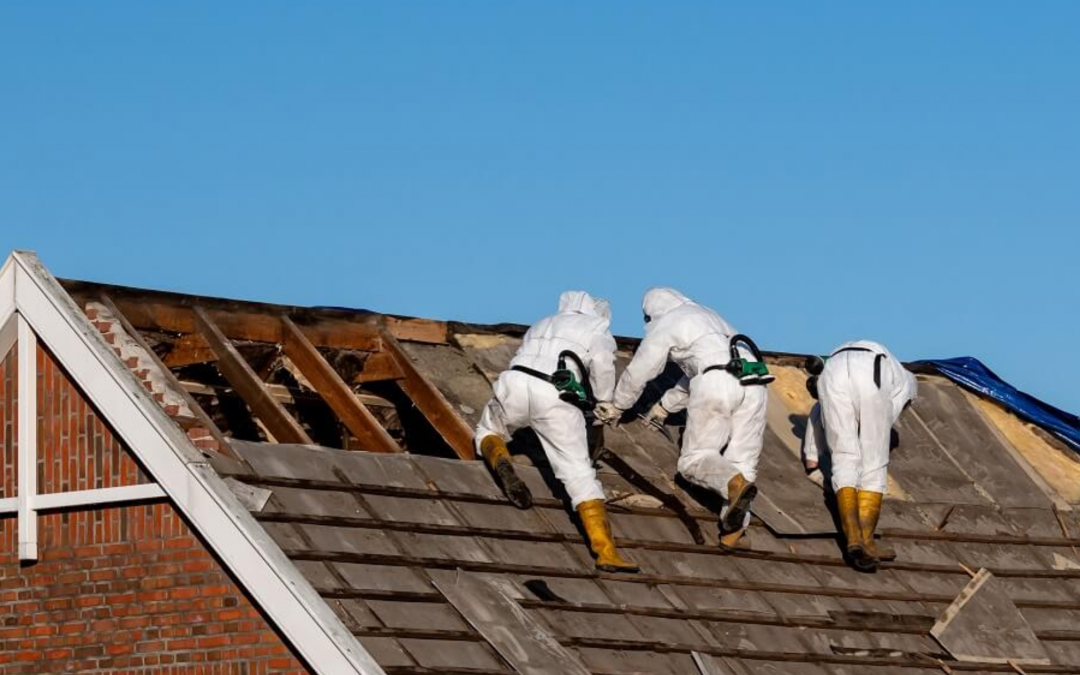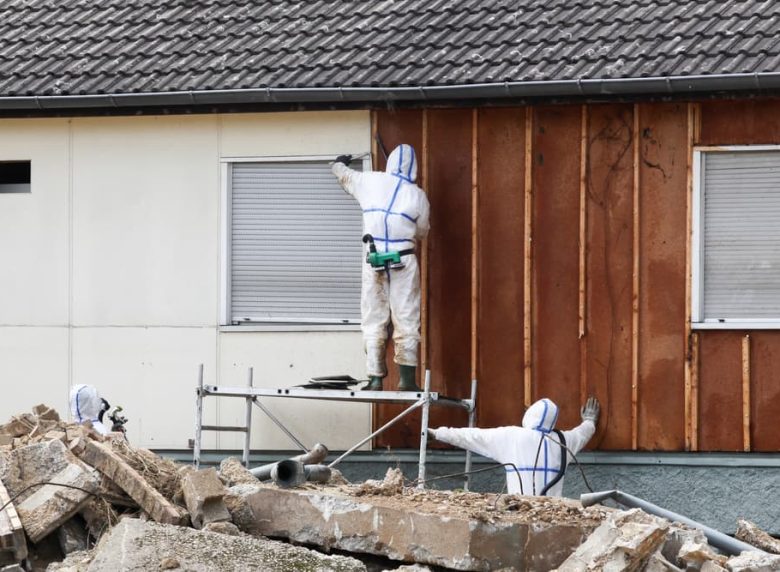What
is asbestos?
Asbestos is a group of naturally-occurring minerals composed of
flexible, soft fibres that are resistant to heat and chemical. There are
6 primary types of asbestos, namely, amosite, actinolite, crocidolite,
anthophyllite, chrysotile and tremolite.Since asbestos is resistant to
corrosion, heat and electricity, it used to be a popular additive to a
variety of products and widely used in construction. Asbestos is also an
effective insulator. But, exposure to asbestos is highly toxic. If
asbestos dust is ingested or inhaled, the mineral fibres can get trapped
in the body permanently. It can cause scarring, inflammation and genetic
damage. Asbestos exposure also causes mesothelioma and other forms of
cancer. This is why you need to let professionals conduct a survey of
your residential or commercial site before you can go ahead with your
refurbishment plans. If the site contains asbestos, it is important that
asbestos is removed expertly and safely.
How
do I know if I have asbestos in my office or home?
There might be asbestos in your home or office, especially in the
shingles, ceiling or floor tiles, siding, garage roofs and so on. The
only way to know if there is asbestos is to have professionals from an
asbestos removal company survey your home or office. If you are planning
a refurbishment or if suspect materials are damaged, you can reach out
to Asbestos Removal Team Liverpool Ltd. Our technicians are highly
trained, experienced and accredited professionals who will carry out the
necessary tests.
What
are the health risks from asbestos?
When asbestos is inhaled or ingested at large volumes, it can cause
mesothelioma and asbestosis. The more asbestos is ingested, the bigger
the risks of contracting cancer and other diseases.Typically, there is
no safe level of asbestos exposure. This is why you need to make sure
that asbestos removal and disposal is handled only by professionals. If
the fibres become airborne, they can end up getting inhaled and causing
genetic damage.
Is
it safe to collect asbestos sample and test it myself?
When asbestos is not touched or disturbed, it is relatively harmless.
But, when asbestos is damaged, the fibres can become airborne and cause
cancer of the lung and other illnesses. So, we do not recommend that you
try to collect asbestos sample yourself. You should only trust an
accredited and licensed professional. Our team of technicians are
licensed asbestos removal specialists and they can help you in
collecting asbestos sample and testing it. They will make sure that
asbestos is collected safely
Why
is it important to carry out a risk assessment before starting the
process of asbestos removal?
Before starting the process of asbestos removal, a risk assessment must
be carried out so that necessary precautions can be put in place.
Asbestos risk assessments are conducted to control the risks associated
with asbestos removal and making sure that a safe working environmentcan
be created for the workers. Generally, asbestos risk assessment includes
the volume of asbestos, the asbestos type that will be removed, the
types of control that will be utilised to reduce asbestos exposure,
information regarding where the asbestos waste will be managed and much
more.
What
type of materials is asbestos found in?
Asbestos is found in building materials and some of the common materials
include cement pipes, window glazing, duct tape/paper, stucco, cement
board, plaster wall joints, vinyl floor tile, pipe insulation and
fittings, sink insulation, ceiling tiles and panels, poured flooring,
textured coatings and paints, furnace insulation, fire blankets, asphalt
flooring, HVAC duct insulation, toilet tanks, roofing shingles, vinyl
wall coverings, packing materials, AIB (asbestos insulation board) and
so on.These are only a few of the common building materials that might
contain asbestos. You can consult our technicians for final
recommendations.
Is
a single exposure to asbestos dangerous to my health?
As we have mentioned, there is no safe level of asbestos exposure. When
asbestos is inhaled, most of it gets trapped within the mucus membranes
of the throat and nose. But, when asbestos reaches the lungs, it becomes
a danger to health. Mesothelioma and asbestosis are related to asbestos
exposure.



